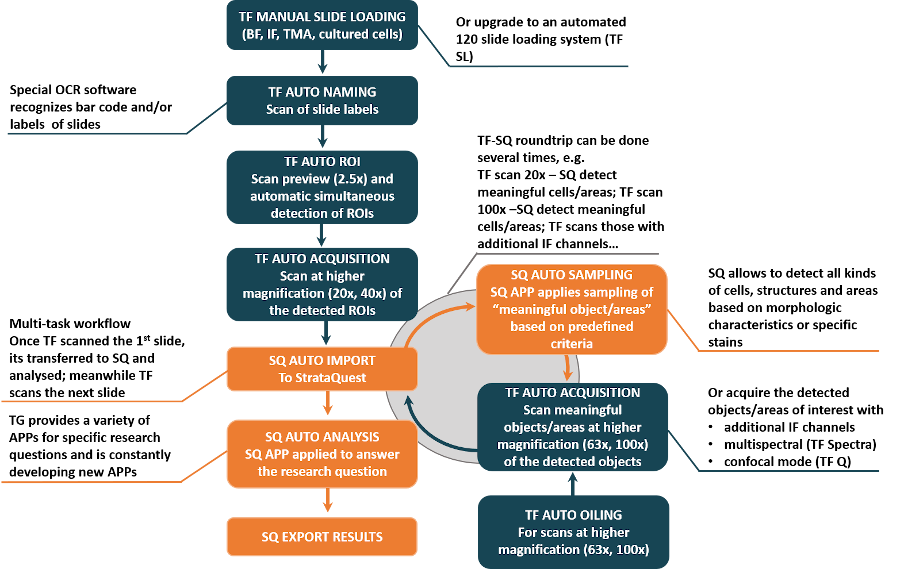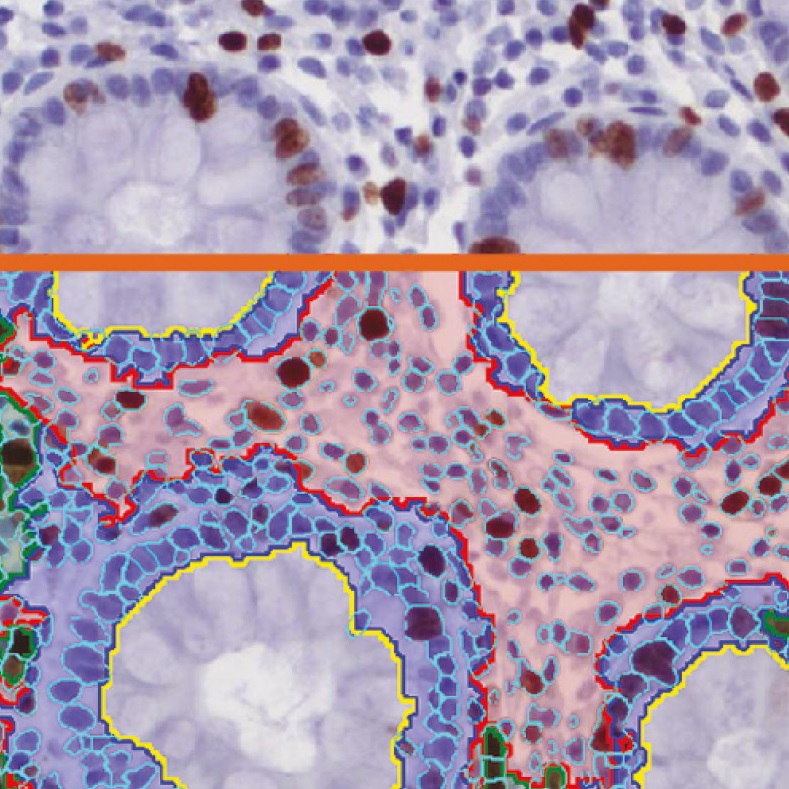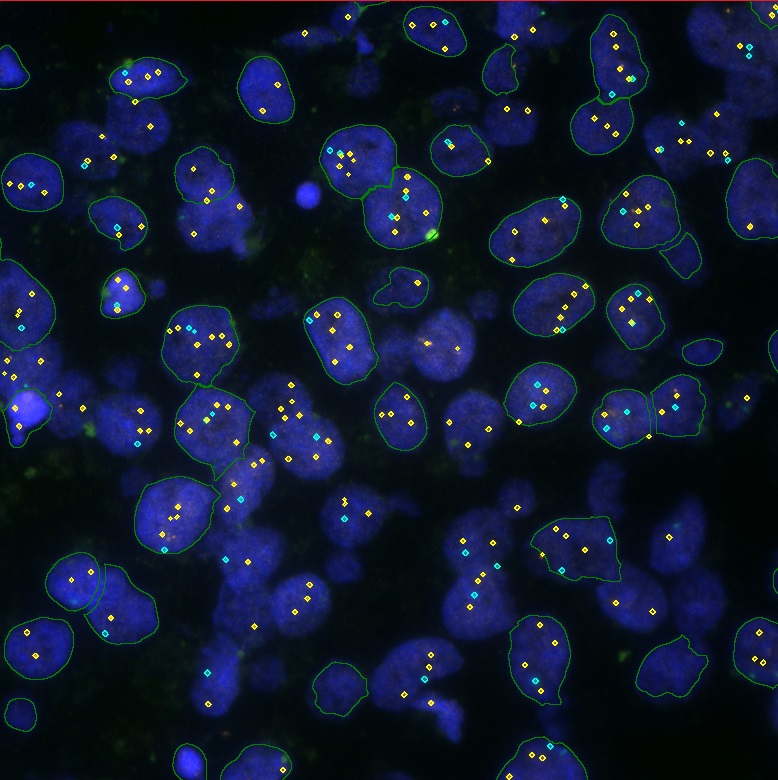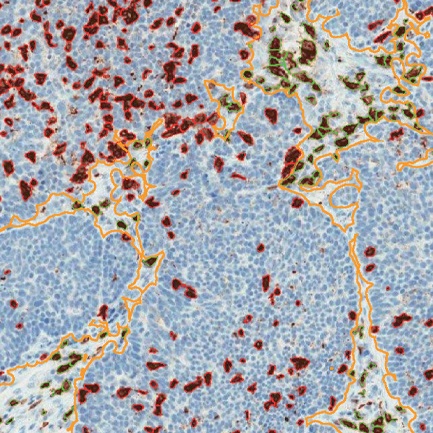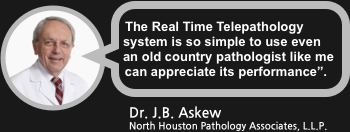TissueGnostics StrataQuest
Context-based Analysis
StrataQuest is TGs most evolved image processing solution for both brightfield and fluorescence images. It can provides feautres such as detection tissular structures, nuclei/cells, cellular compartments, and or mesures proximities and spatial realationships on a digital slide. It integrates detected objects into detailed context-based quantitative analysis.
There are over 50 StrataQuest APPs which can be used for automated analysis and the number is constantly growing.
StrataQuest has importers for the following digital image or slide formats:
- TissueFAXS platform (.sqproj)
- StrataFAXS II (.vmic)
- Precipoint (.vmic, .gtif)
- OME-Tiff, Generic Big Tiff, Images (.jpeg, .tif, .bmp, .png)
- 3D Histech (.mrxs)
- Hamamatsu (.ndpi)
- Zeiss Axio Scan (.czi)
- Yokogawa CQ1 Confocal scanner
- Aperio scanners (.svs)
- Leica (.scn)
- Keyence
- Perkin Elmer (.qptiff
StrataQuest – features
Brightfield and fluorescence image analysis
Deep-learning nuclear segmentation
Machine-learning tissue classifier
Contextual tissue cytometry
Proximity / distance measurements
Spatial relationships / tissue microenvironment analysis
Metastructure detection
Single-cell analysis
Spectral unmixing
Image crops feature for scattergrams
Z-stack and time-lapse analysis
Highly customizable analysis development
APPs with predefined analysis solutions
High degree of image pre-processing
Integrated statistics
Image and data comparison tools
StrataQuest is also available as a standalone software.
StrataQuest APPs
The Easy Solution For High-Level Image Analysis
A StrataQuest APP is simply an analysis solution for a specific task. It is complete up to the point of providing the specific analysis results ready to be exported to, e.g., Excel or CSV formats. This is complemented by an export function for all images from the software. The core feature of an APP is a simplified, tabbed “Easy Mode” user interface. While an APP is meant to be run by simply clicking the “Analyse” button, the interface allows the user to make adaptations to sample/staining variance if necessary. TGs decade-long experience in providing analysis solutions to the biosciences market has taught that vaunted “only one click” products work – but only on the textbook quality image on which they are presented.
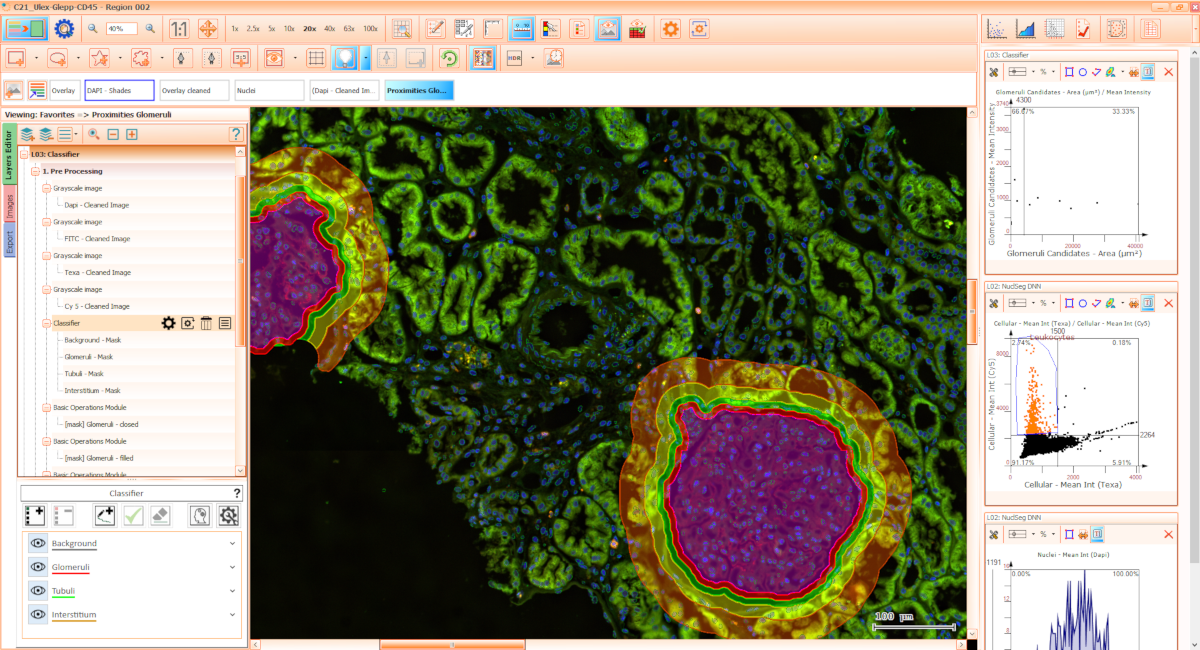
StrataQUEST APP Selection
Advanced StrataQuest
StrataQuest advanced features allow more experienced users to build their own solutions. The ideal tool to do this is StrataQuests logically structured Advanced Mode interface and highly adaptable sample viewer. Solutions created in Advanced Mode can be given an Easy Mode interface and saved as APPs for others to use. This capability, together with the possibility to plug in Matlab, ImageJ and FIJI solutions also make StrataQuest an ideal tool for imaging core facilities.

New Features in StrataQUEST 7.0
The new features of StrataQuest 7 include improvements to the analysis workflow, management of multiple diagrams, image visualization, and the user interface. Here are some highlights of 7.0:
- Improved image display settings: a new channel histogram has been added for easier signal detection (image on the right). Lower and upper thresholds can be adjusted more intuitively by drag and drop.
- Nuclear Segmentation Engine can now be used in real time, change parameters and see their effect live.
- New deep learning-based Nuclear Segmentation Engine for a more precise nuclei detection.
- New engines for workflow simplification: Tissue Detection Engine, Background Removal Engine, Proximity Areas Engine, Projection Engine.
- StrataQuest 7.0 comes with new visualization modes including pseudo IHC, providing a pathology view (pseudo coloured images) as well as the HDR-like mode (high dynamic range) and a smoothen image function.
- Improved function and/or user interface of various SQ tools (Layers Editor, Image Types, Image display settings, Manage Diagrams, Manage Gates, Basic Operations Engine, Dot detection engines, scoring function…).
- Z-stacks and Time-lapse are now visible, and individual stacks and time frames can be analyzed.
- Our powerful Classifier Engine allows to distinguish morphologically different regions (e.g tumor and stroma) by simply marking a few characteristic areas.
- TissueFAXS integrated automatic scanning (dual TF-SQ multitask workflow).
- Optionally, SQ 7.0 comes with a new image crops feature for scattergrams. Instead of dots, crops of the analyzed objects can be displayed in the scattergram.
- Data compare sets feature from HiQ and TQ is now also available in SQ.
- Easy to use Lambda Stack Navigation function.
- Another new feature is the introduction of the Human Protein Atlas Browser within our StrataQuest software. By simply pressing the Human Protein Atlas Button compare your obtained results to publicly available data.
- New import formats: OME-TIFF, Olympus VSI, BigTIFF and PreciPoint.
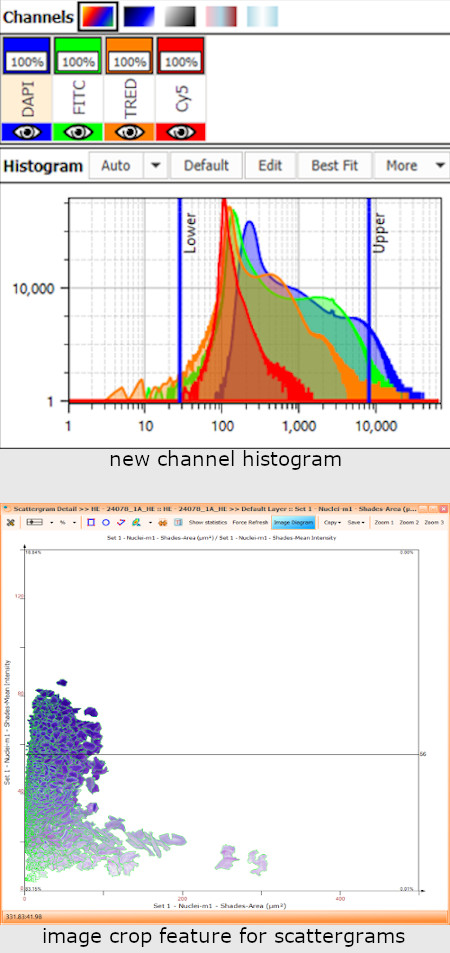
Dual TF-SQ multi-task Workflow
This workflow displays the power of TissueFAXS (TF) and StrataQuest (SQ) operating together as fully automated system. This highly versatile workflow is based on the modular TissueFAXS systems and the advanced image processing capabilities of StrataQuest.
